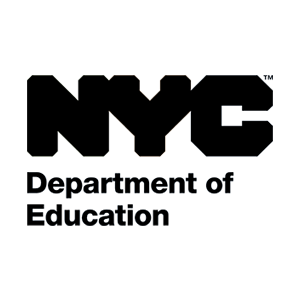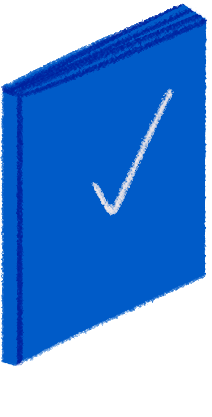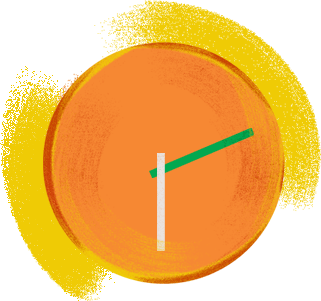INTRODUCING

Explicit phonemic awareness and phonics instruction come together in our new K-2 foundational skills curriculum!
The Heggerty Phonemic Awareness Curriculum provides everything you need to teach daily phonemic awareness lessons in 12 minutes or less. Fast, effective and fun, it's no wonder that teachers worldwide have loved the Heggerty approach for nearly 20 years.

An Evidence-Based Solution
A new research study from the 2022-2023 school year found Heggerty’s Phonemic Awareness Curriculum to demonstrate promising evidence of a relationship between score gains and Heggerty inclusion.

Case Study: Pentucket Regional School District
Advancing Literacy Scores By Connecting Phonemic Awareness and Phonics
With literacy scores in decline nationwide, Pentucket Regional School District beat the odds to increase elementary reading scores by implementing Heggerty district-wide and enhancing teacher knowledge of the Science of Reading.
True progress in just 8-12 minutes a day
Each level of the Heggerty Phonemic Awareness Curriculum provides up to 35 weeks of daily lessons, focusing on eight phonemic awareness skills, along with two additional activities to develop letter and sound recognition, and language awareness. Lessons are designed for a classroom setting, and only take 8-12 minutes.
English
Español
Phonemic Awareness is not Phonics
Phonemic Awareness
- The instructional focus is on the phonemes or sounds we hear in words.
- Lessons are an oral and auditory warm-up to phonics instruction.
- Students isolate, blend, segment, and manipulate sounds in spoken words.
Phonics
- The instructional focus is on the graphemes or letters that represent the sounds we hear in spoken words.
- Lessons are visual and auditory, matching phonemes to graphemes.
- Students apply their knowledge of phonemic awareness and phonics to decode and encode words in print.
Heggerty is the most structured and systematic curriculum that I’ve seen. Everyone is really excited about it. It’s fun to watch. The kids like it too.
District of Columbia Public Schools
Washington, D.C.
It's one of the most worthwhile purchases the district has ever made. Everyone is happy with it -- it's 100%! We've done a lot of site tours to see how the implementation is going, and good anecdotal stories just keep coming from the instructors. I honestly haven't heard anything negative.
Matanuska-Susitna Borough School District
Alaska
When you look for programs out there, there are hundreds of phonics programs but very few phonemic awareness programs that take students from the simplest to advanced forms. Heggerty has come out with a comprehensive and systematic way to do that. It follows an excellent scope and sequence. It develops all of the skills they need to know. No one does it as systematically as Heggerty.
School District of Philadelphia
Philadelphia, PA
The Heggerty curriculum is consistent, repetitive, and presents the same skill in different ways. I've taken kids who were non-readers and after three to four months with the Heggerty program, they hear sounds and words and they segment and blend words which makes them better readers. It's the intermediary step between non-readers and readers.
Knox County School District
Tennessee, USA
The Heggerty Phonemic Awareness program is brilliant. It requires very little preparation and the lessons are engaging, quick, fun, and effective. The results speak for themselves, with a majority of students showing improved outcomes in both reading and writing.
WHSS
Queensland, Australia
Dr. Heggerty's program is easy to implement and requires very little preparation. We have used this program for one year and have seen fabulous gains in our students’ ability to attempt unfamiliar words in their writing.
Wellers Hill State School
Queensland, Australia
I purchased ALL the flash cards and love them! P.S. I love the updated Kinder "Blue Book!" My students are doing great...even virtual! That says a lot!
Kindergarten Teacher
Clark County School District
Comprehensive, yet succinctly organized, logically arranged, and richly resourced. The Heggerty Phonemic Awareness curriculum is the best research-based program for foundational literacy I have ever seen. Its value for hard-of-hearing & students struggling with central auditory processing issue is clearly applicable.
School District of Philadelphia
Philadelphia, PA
This curriculum has had a powerfully positive effect on student achievement in eastern Montana schools. Student early literacy assessment scores have improved greatly in the schools that have begun using this curriculum over the past 2-3 years.
RTL Support Specialist
Glendive, Montana
This is the best program I have EVER used! A few minutes a day and the results are mind blowing!
Facebook Review
Strong phonemic awareness is crucial to reading success! Heggerty lessons are quick, fun, and multisensory!
Facebook Review
I use this curriculum in my classroom almost every single day! It is incredible and it is the ONLY thing that makes sense about teaching reading! I am literally obsessed.
Facebook Review
Our kindergarten and first grade used it last year and now it is being used in second grade! It has made a huge difference!!
Facebook Review
We use your methods daily. The kids skills are improving, and we couldn't be more excited for them! Thank you for providing such an amazing program that is really worth the time and effort.
Reading Intervention Specialist
LakeVille Community School District
We serve over 7,250 districts across the U.S.














